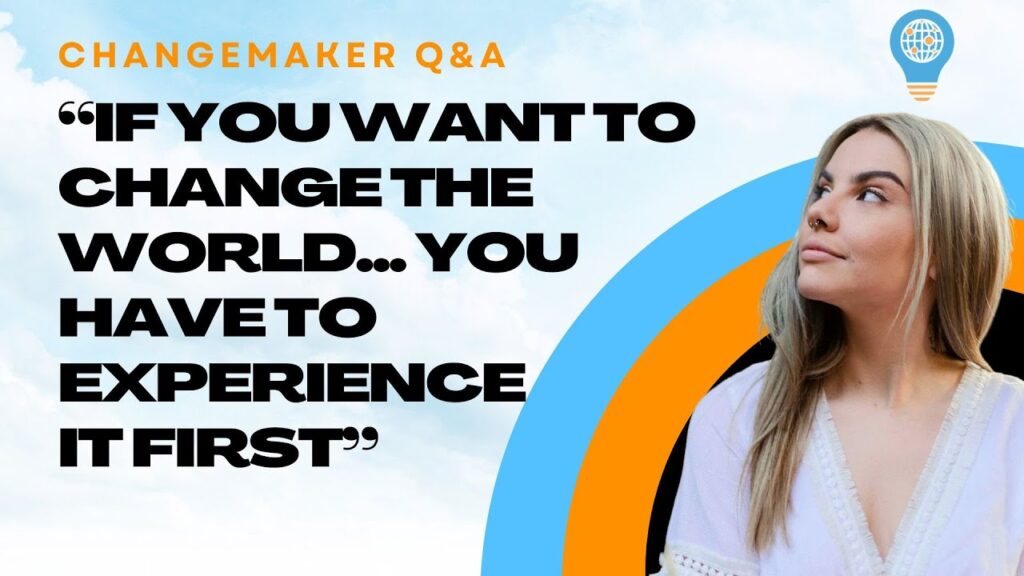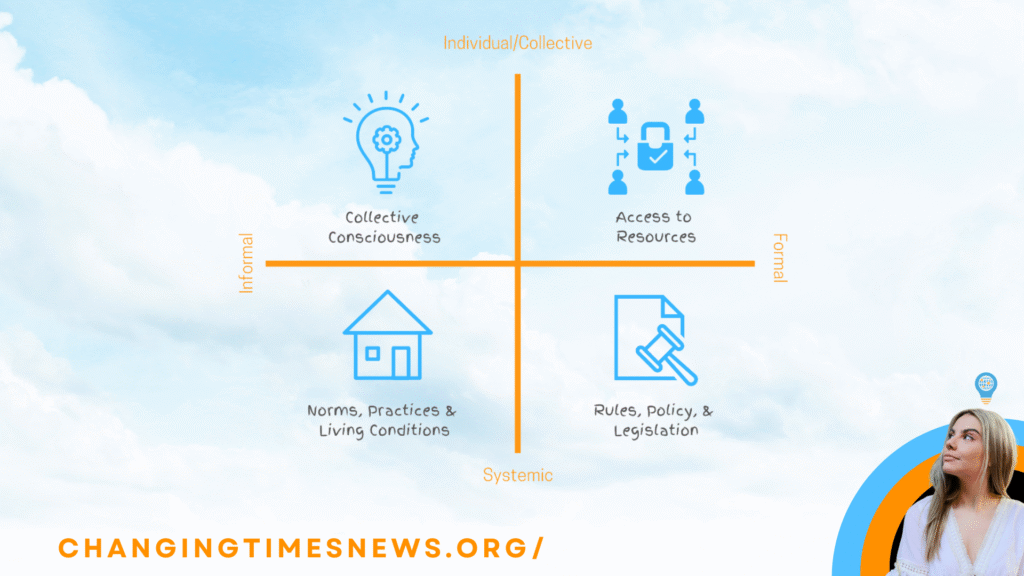What if peace wasn’t an abstract ideal, but something we could cultivate through the very act of caring? For Jeff Hardy, founder of the nonprofit Care for Peace, this insight has shaped decades of work in healthcare planning, community development, and peacebuilding.
Hardy’s journey began as a U.S. Navy hospital corpsman during the Vietnam War, caring for injured service members. It was in those moments of tending to wounds—bullet holes, broken bones, even snake bites—that he felt a profound connection between care and peace. That seed eventually grew into Care for Peace, a foundation dedicated to bringing health and development to underserved communities around the world.
From Clinics to Communities
Care for Peace’s philosophy is deceptively simple: when people’s health, education, and basic needs are met, peace has a chance to take root. Hardy has put this principle into practice in settings as diverse as Nigeria and Myanmar.
In 2009, he worked with Nigerian leaders on building clinics that would bring together staff from different ethnic and tribal groups—turning health centers into microcosms of cooperation in a country long plagued by division. Two years later, under the government of Aung San Suu Kyi, Care for Peace was invited to rural Myanmar to establish a community development and health center.
This village-based approach mirrors findings from global development research: bottom-up, locally embedded initiatives tend to be more sustainable and effective than top-down interventions (World Health Organization). Care for Peace’s promise to replicate such clinics across Myanmar reflected a bold vision of scaling peace through care.
The Second Human Evolution
Beyond clinics, Hardy speaks of something even larger: the need to plan what he calls the “Second Human Evolution.” Unlike terms such as the Holocene or Anthropocene, which frame humanity’s story in geological time, Hardy defines evolution in terms of human choices and consciousness.
The first human evolution, as he describes it, was marked by “killing for peace”—from ancient wars to modern conflicts. Today, Hardy believes we are in a suspended stage, grappling with global crises but lacking a unifying process to chart a new path forward. The Second Human Evolution, he argues, must be deliberately planned, much like the collaborative process of designing a hospital: bringing stakeholders together, leaving egos at the door, and focusing on shared needs.
This vision resonates with broader debates in sustainability and peace studies. Scholars argue that humanity is at a crossroads, needing new forms of collective governance to tackle issues from climate change to inequality (United Nations). Hardy’s contribution is to reframe this challenge as a design process—one where the process itself becomes the solution.
Caring as a Global Mandate
Hardy has written extensively about this philosophy in his book, To Care for Peace: A Global Mandate to Secure the Second Human Evolution in Perpetuity. He also developed practical templates to help individuals and groups reflect on how care can extend across three spheres: the personal, the relational, and the environmental.
For Hardy, peace isn’t passive or distant—it’s “dynamic peace,” a state that emerges when people actively care for one another and for the Earth. From nurses at a patient’s bedside to villagers managing their own clinics, the principle is the same: care generates peace.
As global institutions search for solutions to mounting crises, Hardy’s work is a reminder that sometimes the most profound shifts begin with the simplest truths. Or, as he puts it:
“To care for peace may not be the secret of life. But it may be the closest you’ll ever get to the secret of living.”


